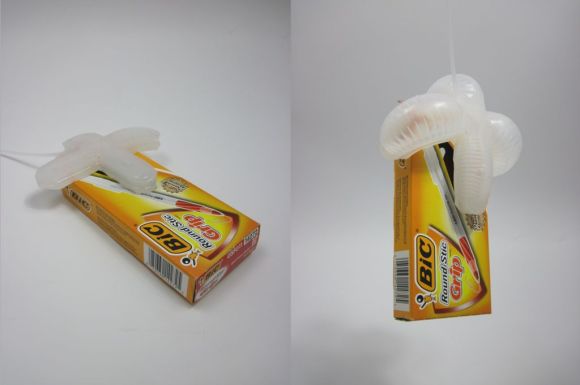![]()
The race is on to squeeze cycles out of an 8MHz AVR chip in order to better drive the WS2811 LED protocol.
[Asher] doesn’t want to buy charcoal aquarium filters if he can just build them himself. He filled a couple of plastic drink bottles with charcoal, cut slots in the sides, and hooked them up to his pump system. A gallery of his work is available after the break.
Is the best way to make microscopic sized batteries to 3d print them? Harvard researchers think so. [Thanks Jonathan and Itay]
The Ouya gaming console is now available for the general public. [Hunter Davis] reports that the Retrode works with Ouya out-of-the-box. If you don’t remember hearing about it, Retrode reads your original cartridge ROMs for use with emulators.
Making a cluster computer out of 300 Raspberry Pi boards sounds like a nightmare. Organization is the key to this project.
Hackaday alum [Jeremy Cook] is working on an animatronic cigar box. Here he’s demonstrating it’s ability to listen for voice commands.
A Kelvin clips is a type of crocodile clip that has the two jaws insulated from each other. [Kaushlesh] came up with a way to turn them into tweezer probes.














